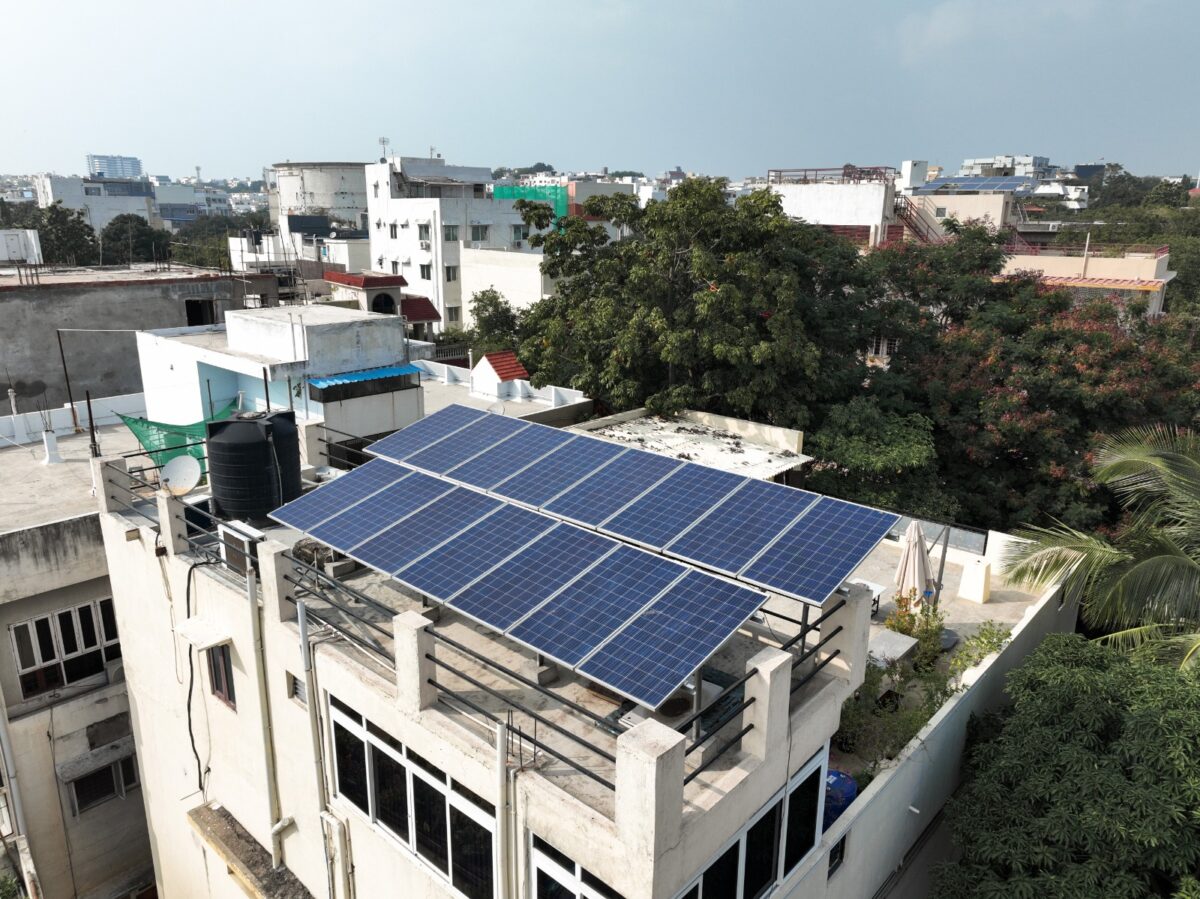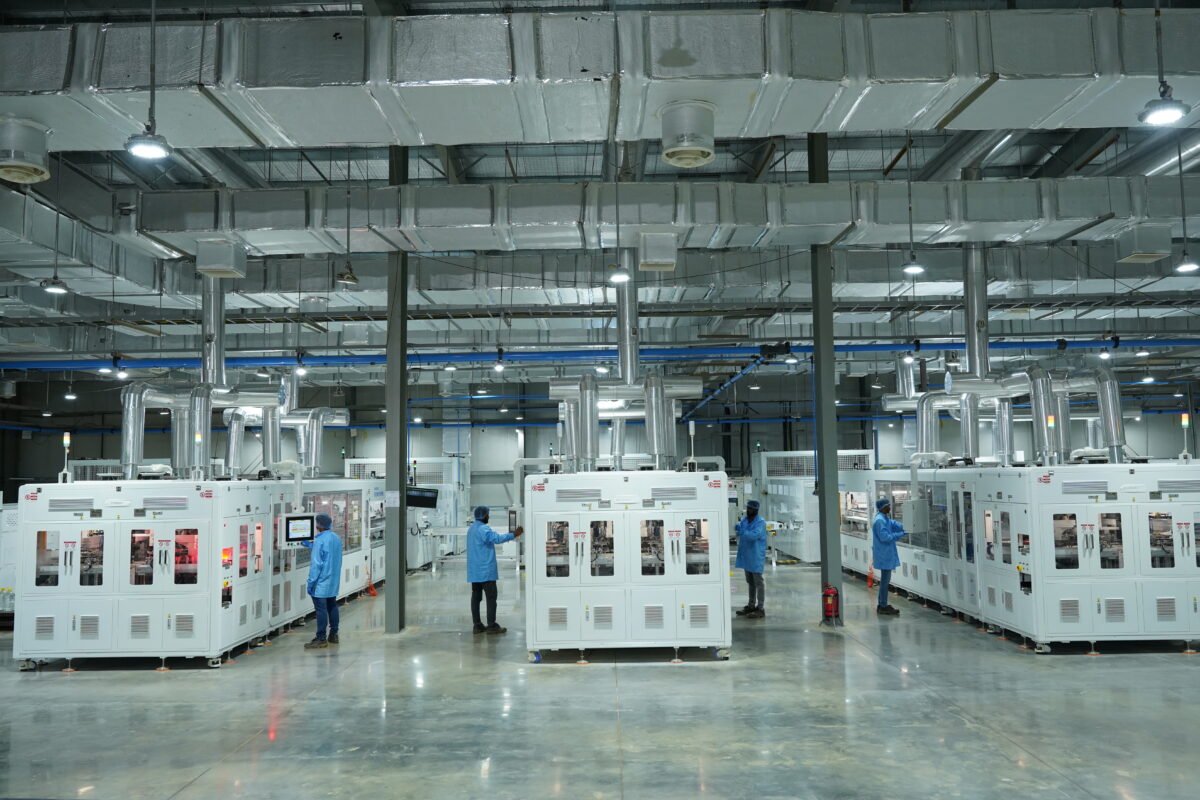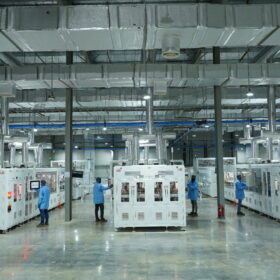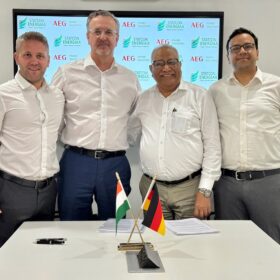As India scales its rooftop solar capacity under the PM Surya Ghar: Muft Bijli Yojana, the Ministry of New and Renewable Energy (MNRE) has released draft guidelines mandating that all original equipment manufacturers (OEMs) supplying inverters under this scheme must connect their inverters directly to the national servers and software managed by the MNRE or a designated agency.
The move seeks to address grid stability and cybersecurity risks posed by the planned integration of 10 million rooftop solar systems, with a cumulative capacity of 30 GW, under the PM Surya Ghar: Muft Bijli Yojana.
MNRE draft guidelines mandate:
- Direct communication of all solar inverters installed in India with MNRE-designated national servers
- Use of machine-to-machine (M2M) SIMs for secure, real-time data transmission
- Vendor-neutral, open protocol-based architecture
The final version of the guidelines will be notified later this year after stakeholder consultations.
While the solar industry broadly supports the move, it has voiced concerns over implementation hurdles, costs, and technical feasibility.
“The MNRE’s guidelines lay a strong foundation for long-term grid stability and data-driven solar deployment, but several short-term implementation hurdles must be addressed for successful execution,” said Saurabh Marda, co-founder, Freyr Energy.
“Clarity on cost allocation is critical, particularly regarding who bears the additional INR 18,000 per system cost for M2M SIM-based data transmission over 10 years. Without a clear definition of the full compliance scope, financial planning becomes uncertain for both developers and consumers.”
Marda also highlighted the need for aligning central policies with state-level DISCOM implementation, and ensuring reliable data connectivity across regions with limited cellular or WiFi infrastructure. “Technical disparities and supply chain dependencies—especially given that most inverter manufacturing is overseas—require both global coordination and lead time. Smaller installers and price-sensitive segments risk being disproportionately impacted by cost escalations and added complexity,” he added.
Marda emphasized the need for a phased implementation approach, beginning with larger systems or select geographies, to iron out challenges before a nationwide rollout; stakeholder consultation with industry, DISCOMs, and technology providers to ensure the guidelines are both practical and inclusive; and transparent cost-benefit analysis and support for connectivity infrastructure—particularly in rural or underserved areas.
Arvind Kumar, founder, Exolar Energy, welcomes the security guidelines but flags practical constraints for local manufacturers. “Most Indian manufacturers are still dependent on imported components–especially the inverter control cards. So, there needs to be a phased and cooperative implementation of these guidelines. We need to set up a framework that will give inverter companies from India, an opportunity to adjust at their own pace. In doing so, a boost to local R&D, as well as offering technical assistance, would certainly contribute to creating a secure, self-reliant solar ecosystem in India,” he said.
Charusmita, director at Statcon Energiaa, emphasises that for national security, especially under PM Surya Ghar, all inverter servers, remote monitoring, and firmware must remain India-based to address cybersecurity concerns. She urges the government to also mandate that existing installations comply retrospectively to ensure a secure and self-reliant energy infrastructure. “Additionally, the MNRE’s draft guidelines to enforce BIS certification under Scheme-I for solar inverters will mark a major policy shift, if approved, ensuring local manufacturing verification and minimum 50% Indian content. This is expected to curb the import of finished inverters, pushing traders and foreign OEMs into CKD/SKD-based tie-ups within India, including Chinese players,” she added.
This content is protected by copyright and may not be reused. If you want to cooperate with us and would like to reuse some of our content, please contact: editors@pv-magazine.com.









By submitting this form you agree to pv magazine using your data for the purposes of publishing your comment.
Your personal data will only be disclosed or otherwise transmitted to third parties for the purposes of spam filtering or if this is necessary for technical maintenance of the website. Any other transfer to third parties will not take place unless this is justified on the basis of applicable data protection regulations or if pv magazine is legally obliged to do so.
You may revoke this consent at any time with effect for the future, in which case your personal data will be deleted immediately. Otherwise, your data will be deleted if pv magazine has processed your request or the purpose of data storage is fulfilled.
Further information on data privacy can be found in our Data Protection Policy.